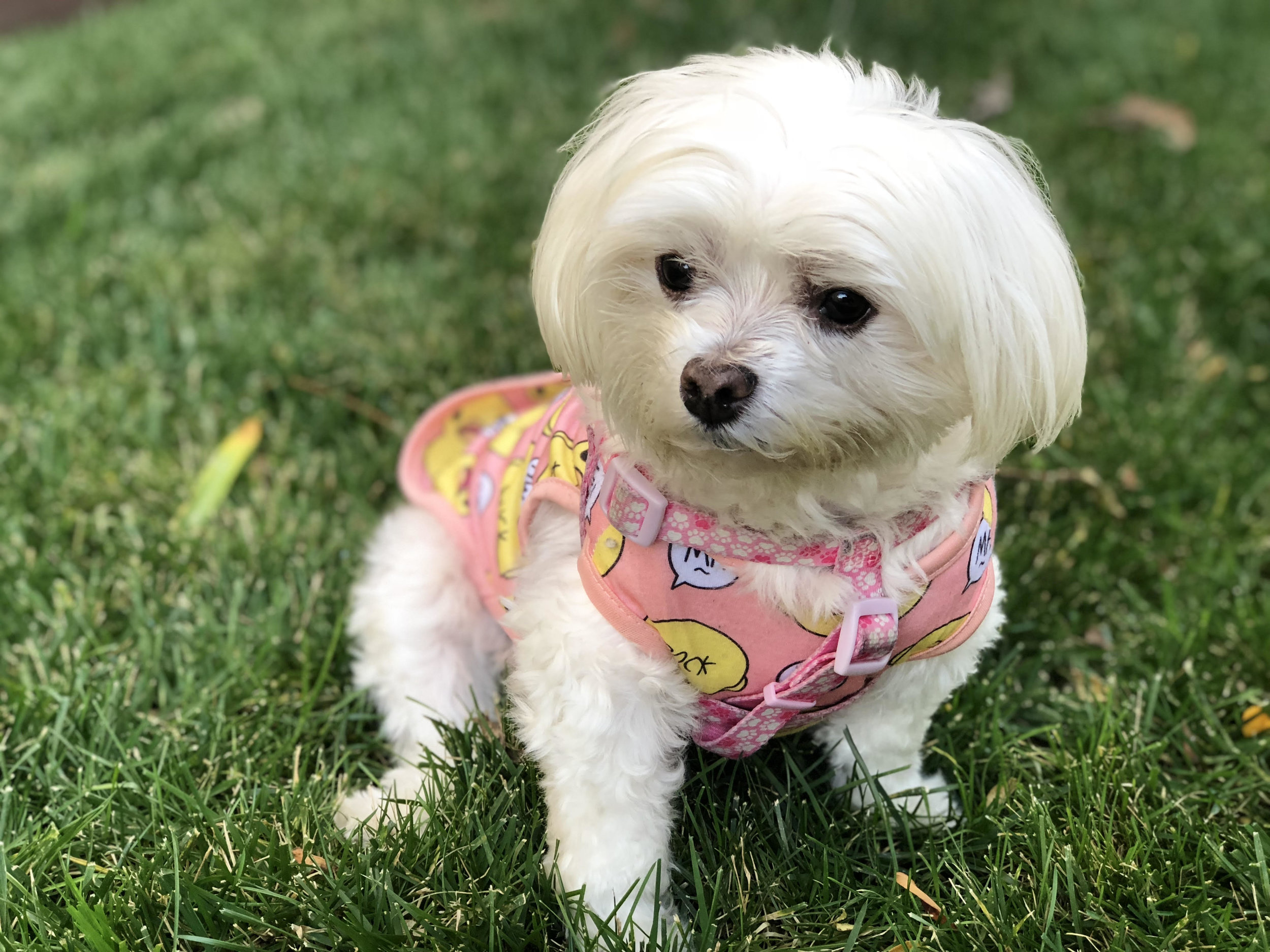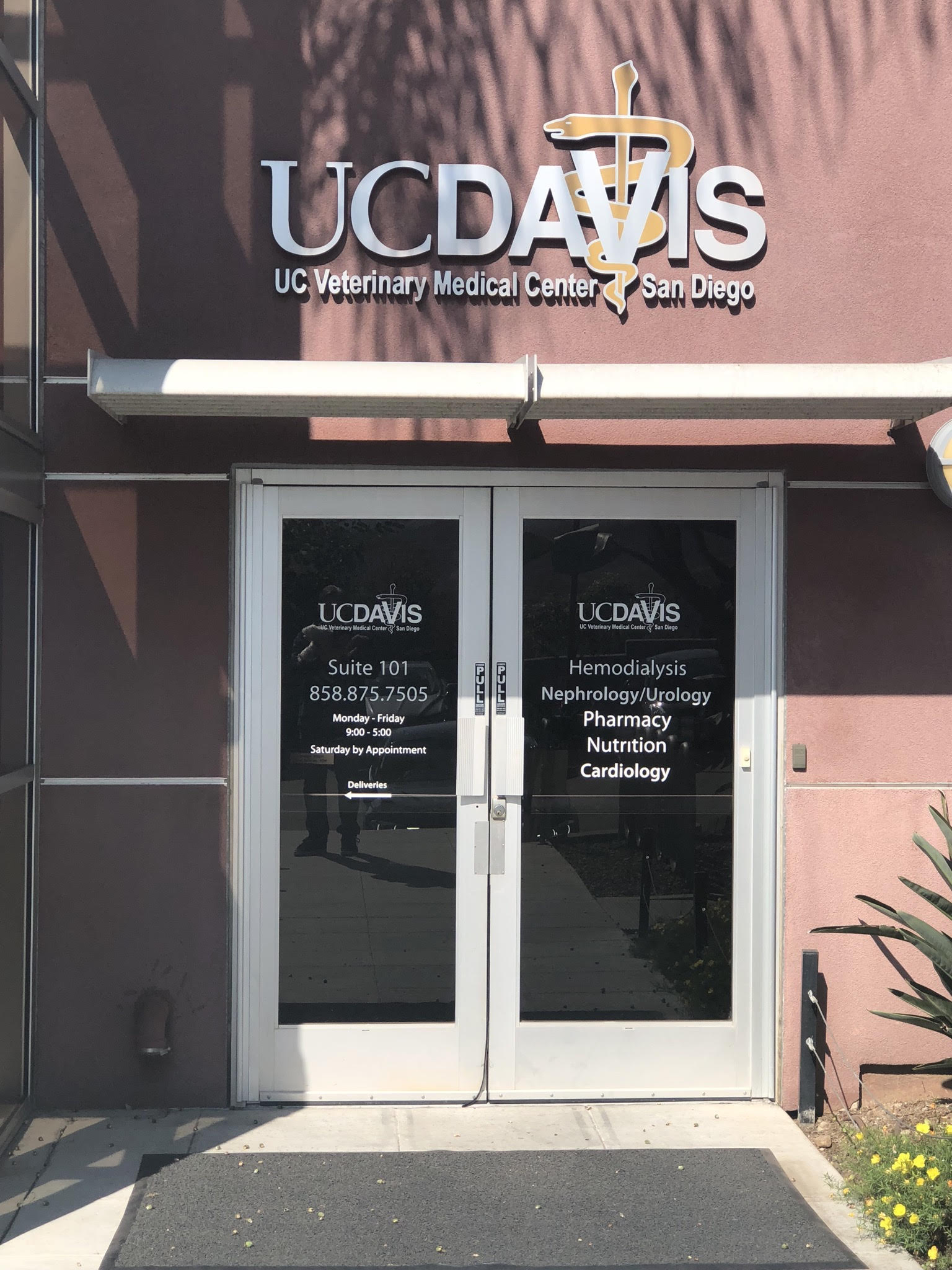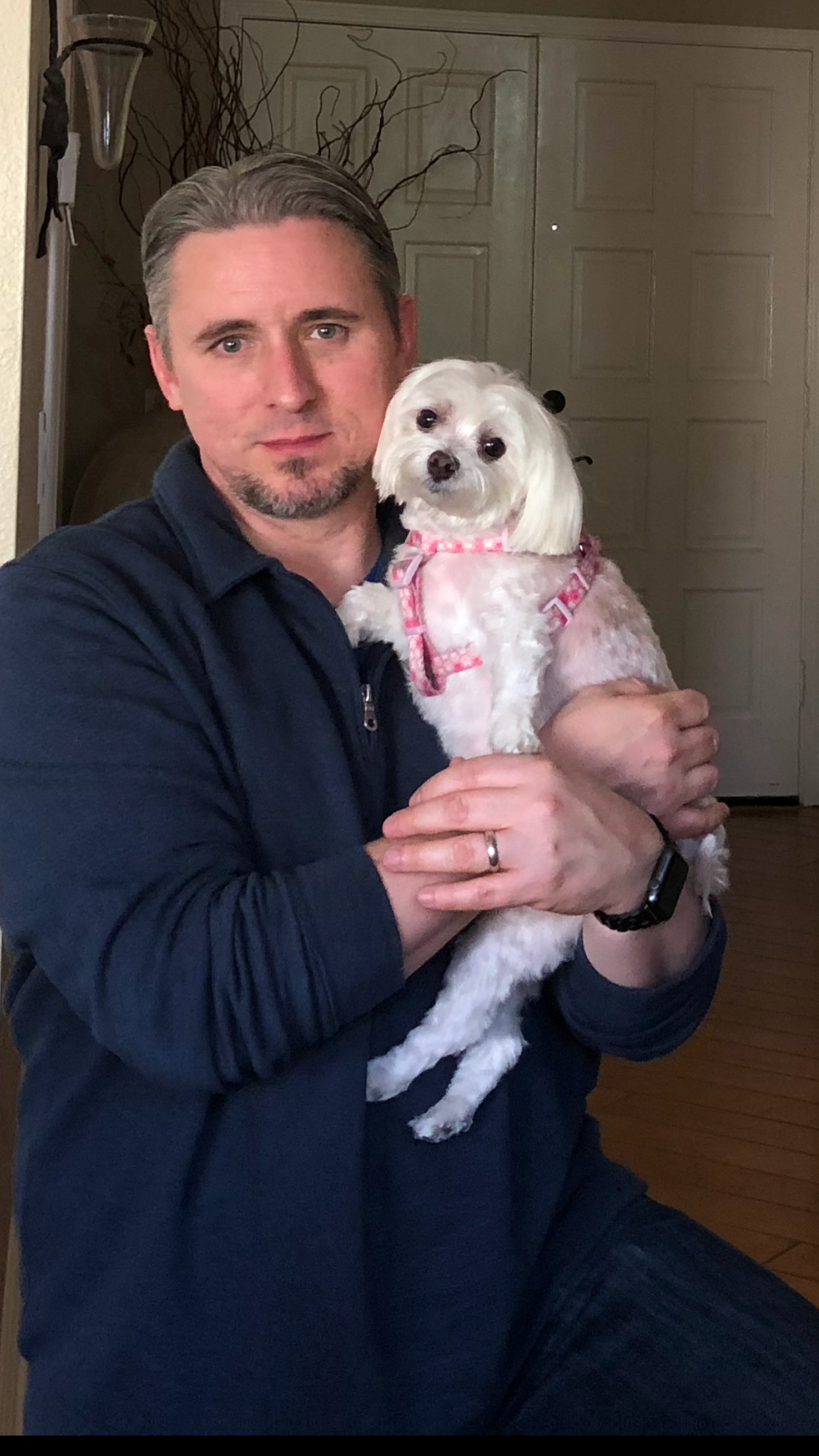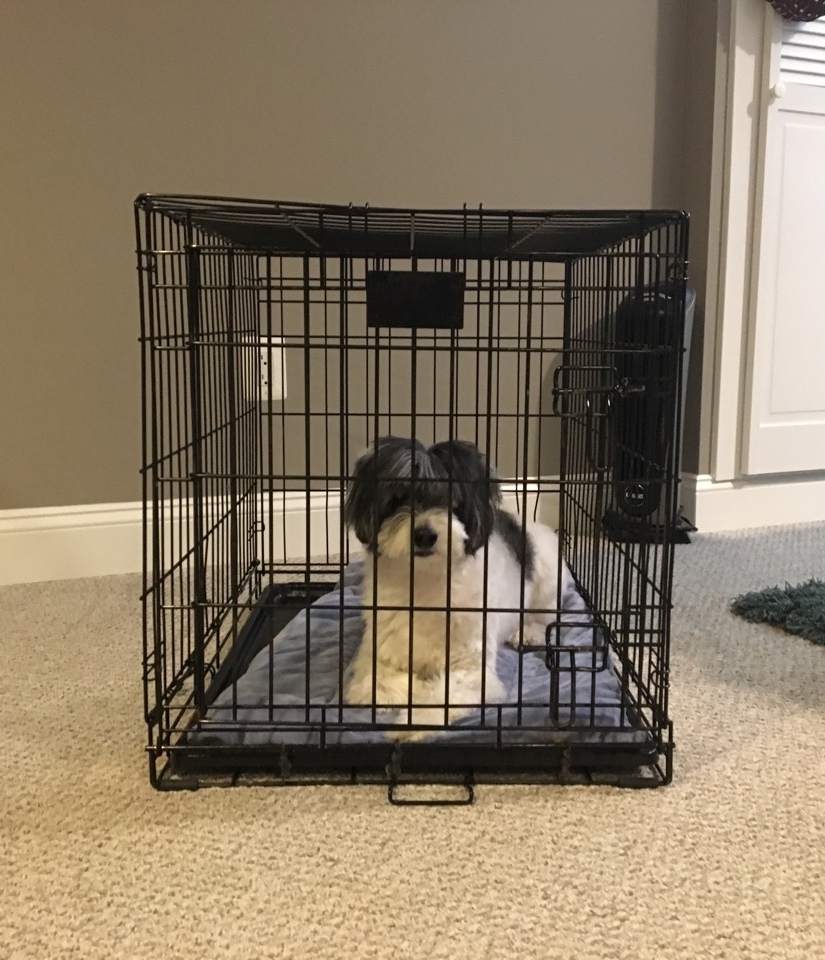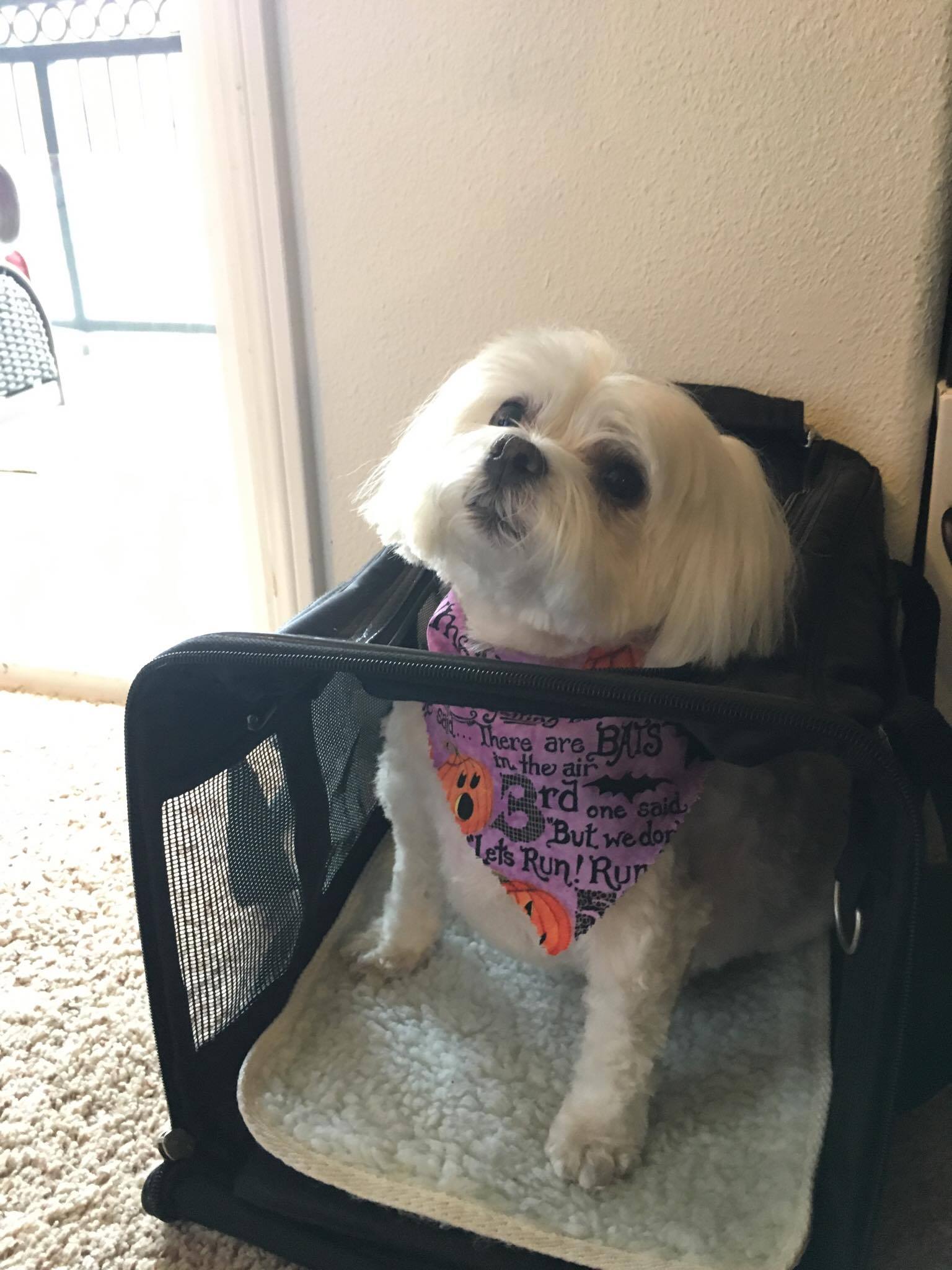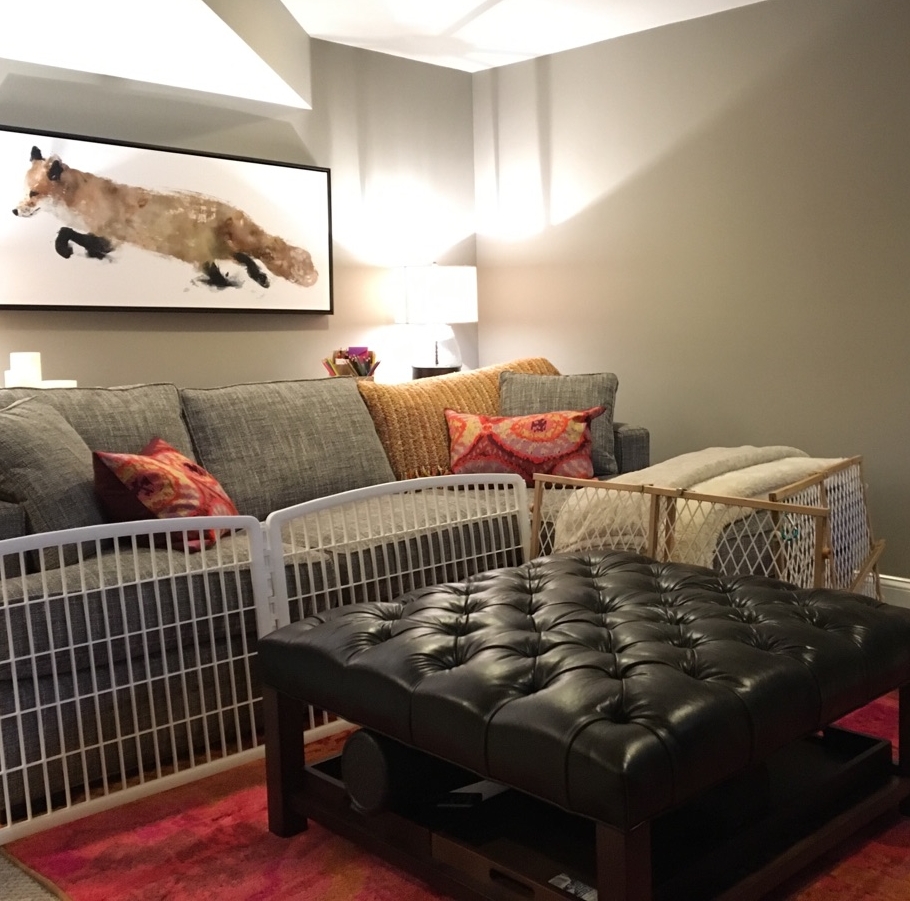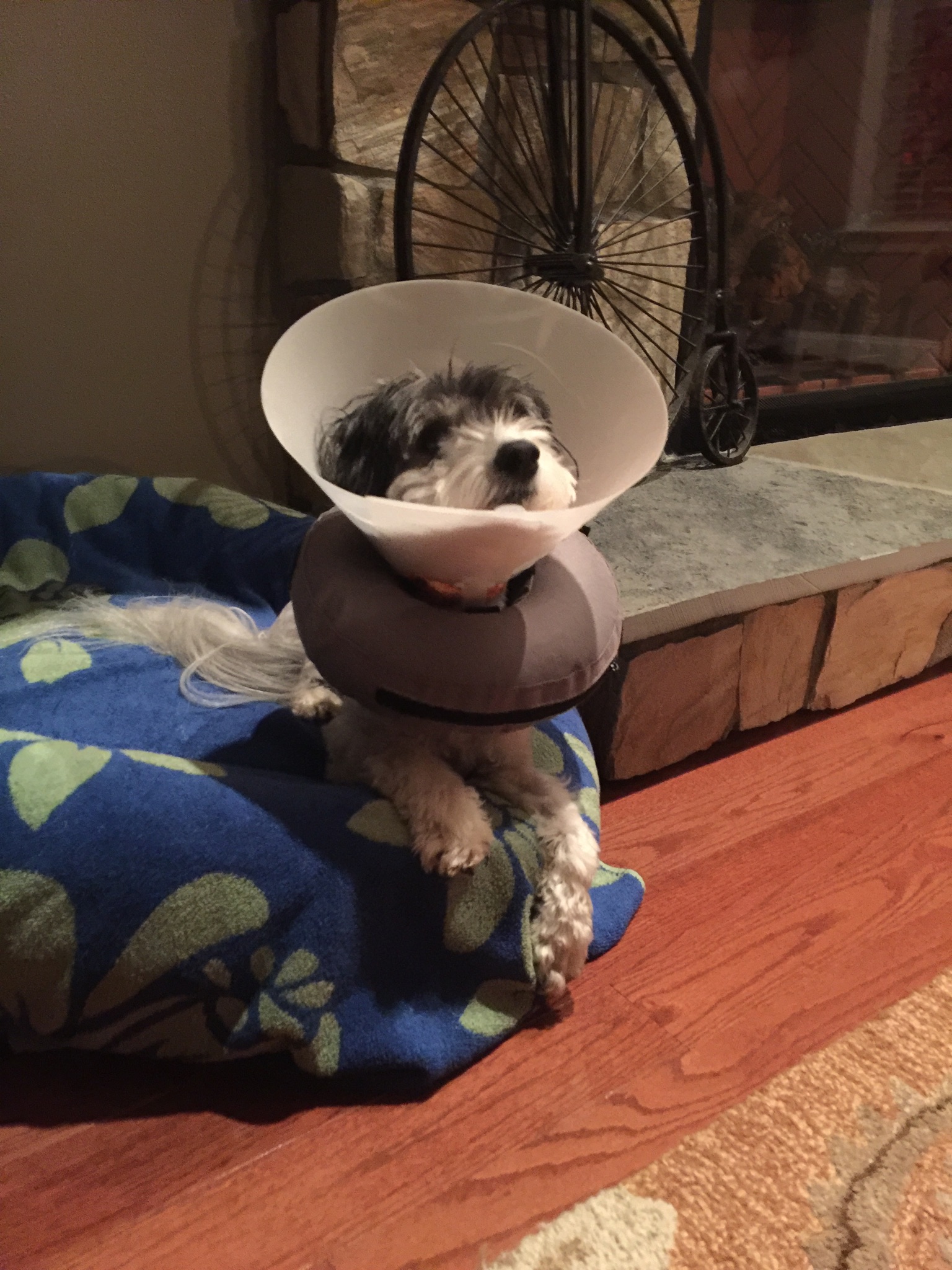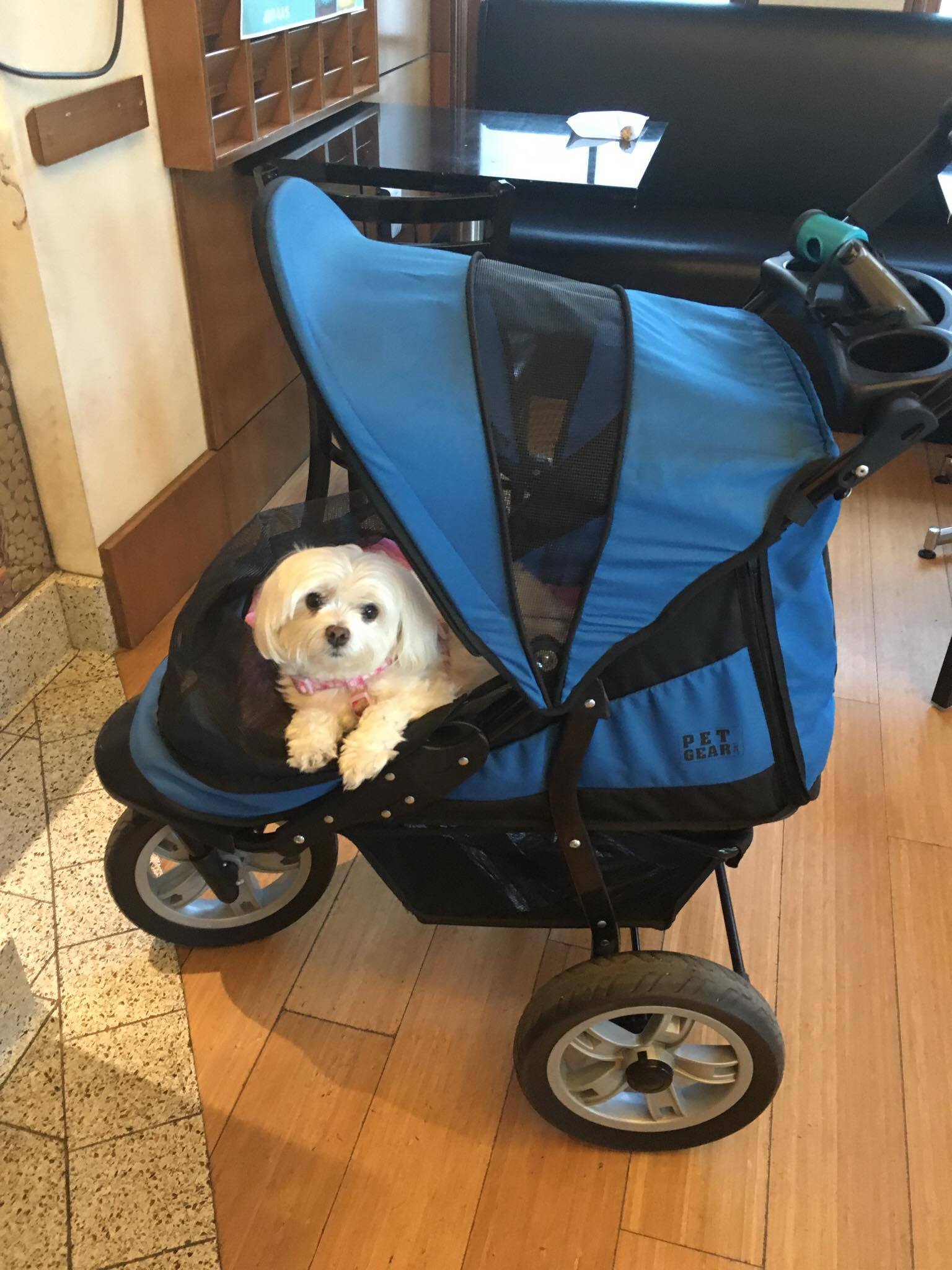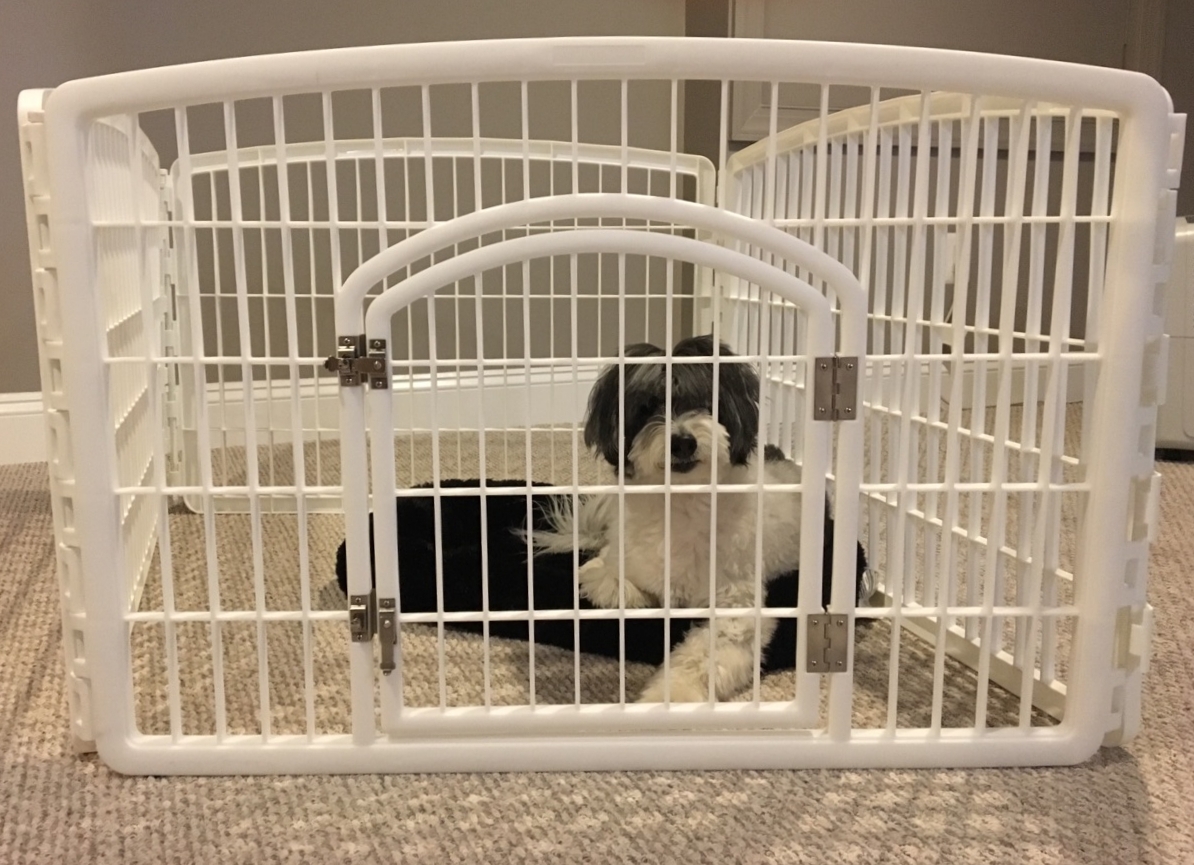
BLOG
Dr. Masami Uechi Interview
The Mighty Hearts Team traveled to the Jasmine clinic in Yokohama Japan to interview Dr. Masami Uechi.
In April of 2018 the Mighty Hearts Team traveled to visit the state of the art Jasmine clinic in Yokohama Japan. Our mission was to further educate ourselves to better serve our community members. Drs. Masami Uechi and Sayaka Takeuchi were very kind to take time out of there busy schedules to allow us to interview them so that we may bring you the latest information about this amazing mitral valve repair surgery. We tried to cover all the important topics, if you still have questions please leave them in the comments below.
Lessons From Zoey's One Year Checkup
Zoey’s one year checkup was done October 28th 2017. Zoey’s cardiologist (Dr. Hodge) was a bit worried Zoey’s left ventricle and left atrium (LV/LA) numbers were increasing after each checkup. According to Dr. Hodge, Zoey’s pressure and her regurgitation were shown to be the same since having her surgery a year ago. Naturally We were concerned about the increasing values and sent the records off to Dr. Sabine and Dr. Uechi to review them.
UC Davis Veterinary Medical Center in San Diego, CA
Zoey’s one year checkup was done October 28th 2017. Zoey’s cardiologist (Dr. Hodge) was a bit worried Zoey’s left atrium and left ventricle (LA/LV) numbers were increasing after each checkup. According to Dr. Hodge, Zoey’s pressure and her regurgitation were shown to be the same since having her surgery a year ago. Naturally We were concerned about the increasing LA/LV values and sent the records off to Dr. Sabine and Dr. Uechi to review them.
Dr. Timothy Hodge evaluating Zoey
I’m delighted to say that It was great news. Dr. Sabine and Dr. Uechi compared Zoey’s numbers from her surgery echos to her 3, 6 and one year checkups and the values appeared to be the same since she had her surgery in 2016. It was extremely important for me to learn exactly why it was being seen differently with my doctor and share with you all what I’ve come to learn.
Basically Zoey has a larger than normal pulmonary vein (ostium) since before her surgery and standard measuring practices can give false numbers if you don’t account for these results.
According to Dr. Sabine, the 1st reconstruction is of the Long axis LA diameters in telesystole at 3-6-12 months. Measured 2, 1.84 and 2 cm, basically they are the same measurements ; the SAX measurements are somehow difficult with Zoey because she has a very large pulmonary vein ostium compared to other dogs. As noted, (Zoey had this before her MVR surgery)
Echocardiograms showing Left Atrium (LA) measurements at 3 months, 6 months, and 12 months post operatively
The 2nd reconstruction is of the long axis LV diameters in telediastole at 3-6-12 months. They measured 2, 2 and 2 cm = same.
Echocardiograms showing Left Ventricle (LV) measurements at 3 months, 6 months, and 12 months post operatively
The 3rd reconstruction is of the long axis view of the mitral regurgitation color flow map at 3-6-12 months = same ; so there isn’t any chance for the LA pressure to increase considering that the 12-month MR is the same as the 3 month and the 6 month post-op checkups.
Echocardiograms showing regurgitation at 3 months, 6 months, and 12 months post operatively
This is the manner in which Dr. Sabine uses with Dr. Uechi to review the cases post-operatively.
Zoey with Dr. Timothy Hodge at UC Davis
It’s very important to note, all operators can cut a heart a little differently and measure slightly differently during the same examination or during different examinations a few months apart. Some other factors like Zoey's large pulmonary vein ostium can make the measurements difficult to compare. Also, after surgery, some hearts have mild different anatomy because of the sutures, or because it has possibly turned a little in the thorax etc... Zoey is doing very well and there is no need for concerns.
Zoey is still off all her medications and doing quite well. I write this in hopes you all understand how important it is to have the doctors review your records after each checkup and assess. My doctor wasn’t doing anything incorrect and I completely trust him. The surgery repair is just widely unknown and many don’t understand the long term results. As more of us return to the US with our babies we all can help play a vital role in educating everyone, awareness is very important.
Zoey with her favorite person on the planet, daddy Nate
Post-Op Activity
Remember that you have made an incredible journey by choosing open-heart surgery for your beloved dog, so please take care of the repaired valve as best as you can so that you can enjoy a lifetime with it!
Recommendations for Open-Heart Surgery Post-Operative Activity
The importance of post-surgery healing process
For the first, second- and third-month post-op, you would have been given guidelines by your surgery team on what to avoid, what movement is acceptable and how much exercise your dog is recommended. It’s vital that given guidelines are followed to allow a successful healing process to take place.
The first three months is the most crucial time in the healing process as the heart is remodeling itself. By helping your dog to eliminate certain movement you are supporting the foundations for a stronger healthier heart muscle. It is therefore essential that certain movement is avoided or eliminated from daily life and activities. By planning, preparing and preempting situations, you will make way for a successful healing process. This is not to take place of the advice of your dog’s Cardiologist.
Surgery recovery postop month 1-3
•Patients should be kept under strict rest.•No jumping up / No jumping down•No stairs•No abrupt starts and stops.•Please keep your pets separated from other animals in the home. This will avoidplay and other movement that may disrupt healing of repair.•Set up a pen area as this is a great way to keep dog at rest. This will ensure thedog stays calm and resting when you are not around.•Block off furniture - Please keep dog off bed/sofa, so your dog is not tempted tojump off.
Shampoo or grooming
• No shampoo until 1month post-surgery.
• If skin/hair gets dirty, you may wipe him/her down with a wet towel.
Walking instructions
• Specific instructions may be given depending on your dog’s post-op condition.
After 3 months:
• keep dog on leash (even when in yard/garden/walks)
• Allow dogs to meet and greet in controlled environment.
• Begin walking your dog, on lead for 20-30 minutes twice per day.
• No running
• No Jumping
• No stairs
• No abrupt starts and stops.
• Please continue to keep dog off bed/sofa, do not allow them to jump off anyfurniture.
• No frantic play, No zoomies, no chasing wildlife, or animals
• You can allow gentle play interaction with other dogs.
After 6 months
• Please continue to keep your dogs on lead during this time, due to risk of high energy play with other dogs.
• After 6 months, you may use a ramp when needed, in place of stairs.
• No wildlife and/or animal chases, avoid high energy play, avoid high energy dog sports such as agility.
Remember that you have made an incredible journey by choosing open-heart surgery for your beloved dog, so please take care of the repaired valve as best as you can so that you can enjoy quality time with your pup!
Please contact your surgical clinic for the latest updates in post-op care or if you have additional questions
The Mighty Hearts Project team
Moni and Prudence
Post-Surgical Strategies for Restricting Activity
Whether your dog has undergone Mitral Valve Repair surgery, or any number of other surgeries that require a period of activity restriction in order to recover, it can be difficult to control their energy level and normal habitual activities. Here are some strategies for success.
Whether your dog has undergone Mitral Valve Repair surgery, or any number of other surgeries that require a period of activity restriction in order to recover, it can be difficult to control their energy level and normal habitual activities. In addition to the strategies outlined below, please read the additional guidance for activity levels beyond the 3-month post-operative period here.
Many owners wonder "why is activity restricted after Mitral Valve Repair surgery?"
The surgery involves an open-heart element which needs time to heal. In addition, there are many carefully placed sutures inside the heart along the valve to complete the annuloplasty – the purse-string stitch that tightens the opening of the valve – and the replacement Gore-Tex heart cords attached to the valve and left ventricle. In most cases, the efficacy of these sutures depends on the quality of healing time without being under too much unnecessary pressure.
If your dog has undergone Mitral Valve Repair surgery, activity is restricted significantly for the three months post-operative. This includes no running, jumping, stairs, or any activity that gets them too excited. For a dog that just underwent a procedure that will make them feel like a puppy again, restricting their energy is a tough job. Here are some strategies to consider.
Prepare your environment at home:
- Take the doorbell off the hook and put a note on the door that knocking is strictly prohibited.
- Block off any stairs up or down in the house.
- Block off the edge of furniture items if your dog typically jumps up without invitation.
- Invest in a lightweight movable/re-configurable gate structure that can be placed anywhere.
- Put away all toys that your dog may spontaneously play with.
- Build or invest in a pet ramp so they can walk, not jump, onto furniture items they typical sit and sleep on.
For extra control, and for dogs who are not trusted to roam freely:
- Make sure your dog stays with you in whatever room of the home you are in and keep doors closed to limit roaming.
- Consider a leash (non-retractable) used with a simple collar or harness over a sweater or onesie to avoid direct contact with the incision site. Using the leash, maintain a short lead while on furniture if your dog is prone to jumping down on their own, and a long lead to tie your dog to various furniture items on the floor to keep them from wandering around.
- Use a lightweight gate structure or crate to keep them contained especially when you are not at home or while you are asleep.
Natural remedies:
- There is a natural supplement called Zylkene which has a calming effect in some dogs. The effect is cumulative, and should be given for at least a week consistently to achieve the desired effect. All dogs react to supplements differently, this product works very effectively for some, and not at all for others. You can take comfort that Zylkene is totally natural and will not harm your dog, and cannot be overdosed.
- Use a sound or "white noise" machine to create ambient noise so your dog does not overreact to typical noises outside the house that they might normally bark or get excited at or go tearing through the house to investigate, especially when you are not at home.
Upon discharge from the clinic, you will be provided with post-operative instructions for activity for your dog for a period of three months. These instructions are intended to keep your dog’s blood circulating and to help slowly recondition them so they can return to normal activity levels in three months. The current guideline post-operative for the first month is 15 minutes of slow walking, 4 times per day. This is intended to be the absolute maximum for the most active dogs and also much lower than your dog’s regular activity level. Throughout the three month recovery period, the doctors will advise when it’s appropriate to increase the amount of time walking and at what suggested interval levels.
For those who have yet to go through Mitral Valve Repair surgery, some of these suggestions may seem a little extreme for a three month period. Some dogs can suffer from some mild depression when restrained for extended periods and it can be difficult to stay strong for them. However, taking precautions and following the doctor’s discharge notes on exercise ensures that you are giving your dog the best possible chance to heal and get the maximum benefit from surgery.
